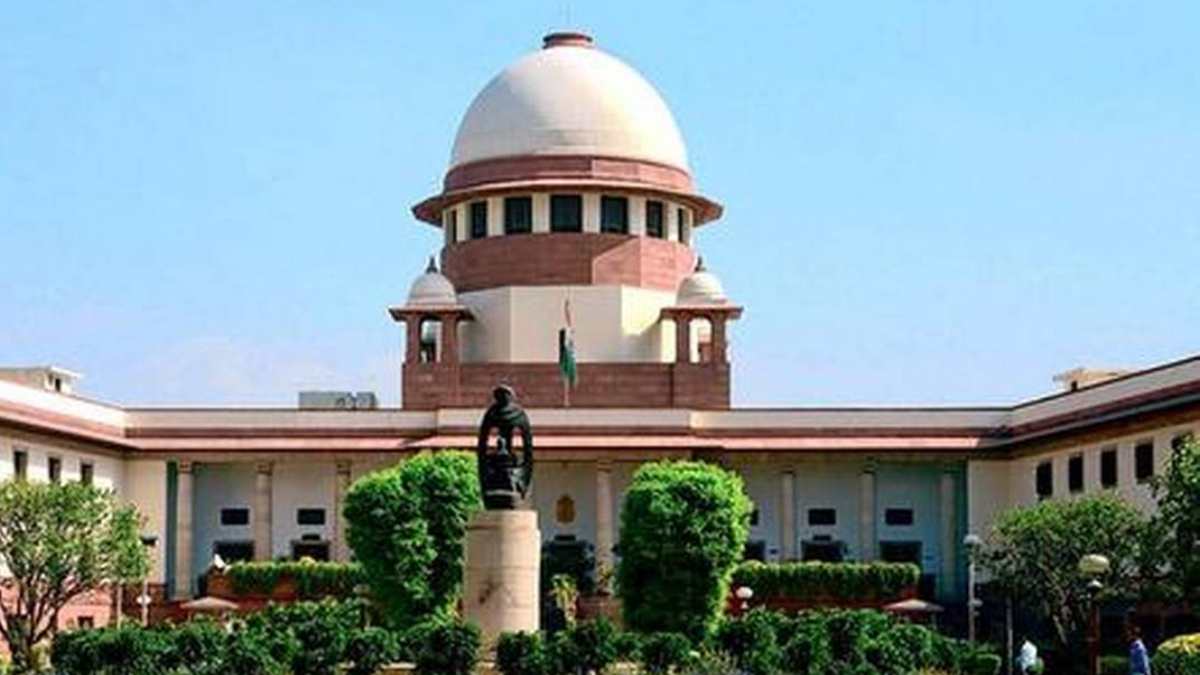


The Supreme Court on Wednesday ruled that “no person or group of persons can block public places or carriage ways to demonstrate or express dissent”. The apex court’s verdict came on two petitions against the anti-CAA (Citizenship Amendment Act) protests which had led to blocking of a road in Shaheen Bagh in the national capital last December.
“The administration must carry out its function of clearing out obstructions from roads and carriage ways and not wait for the court’s order to do so,” the top court said.
“We have to make it unequivocally clear that public ways and public spaces cannot be occupied in such a manner and that too indefinitely,” the court added.
The apex court further said that “the present case w a s n o t even one of protests taking place in an undesignated area, but was a blockage of a public way which caused grave inconvenience to commuters. We cannot accept the plea of the applicants that an indeterminable number of people can assemble whenever they choose to protest”.
The court in its judgement said that the “right to peaceful protest is a Constitutional right and it has to be respected. But that does not mean agitating people should adopt means and modes of protest that were used against colonial rulers during the struggle for Independence”.
“We live in the age of technology and the internet where social movements around the world have swiftly integrated digital connectivity into their toolkit; be it for organising, publicity or effective communication. Technology, however, in a near paradoxical manner, works to both empower digitally fuelled movements and at the same time, contributes to their apparent weaknesses,” the court said.
The ability to scale up quickly, for example, using digital infrastructure has empowered movements to embrace their oftenleaderless aspirations and evade usual restrictions of censorship; however, the flip side to this is that social media channels are often fraught with danger and can lead to the creation of highly polarised environments, which often see parallel conversations running with no constructive outcome evident, the court said.
Both these scenarios were witnessed in Shaheen Bagh, which started out as a protest against the Citizenship Amendment Act, gained momentum across cities to become a movement of solidarity for the women and their cause, but came with its fair share of chinks–as has been opined by the interlocutors and caused inconvenience of commuters, the court added.
On 21September, the bench reserved its verdict after observing that the right to protest has to be balanced with the right of the people to use a public road. In light of the anti-CAA protests at Shaheen Bagh, two petitions were filed before the Supreme Court for the clearance of the Kalindi Kunj Road, which is in proximity to the site of the protests.
The first petition was filed by lawyer and activist Amit Sahni and the second petition was filed by Nand Kishore Garg. Both had sought the removal of protesters from the site on Kalindi Kunj Road.